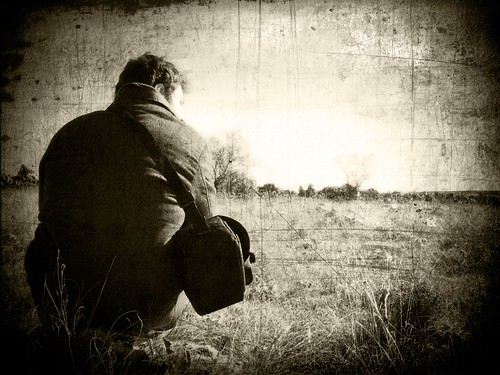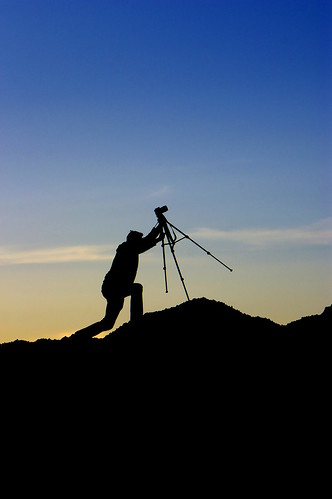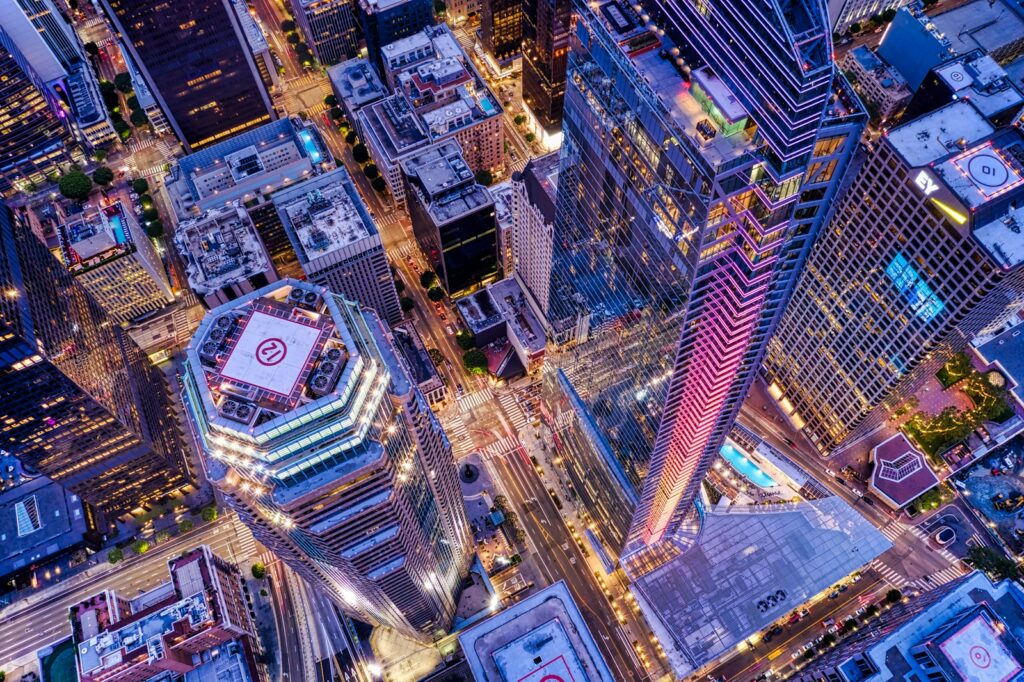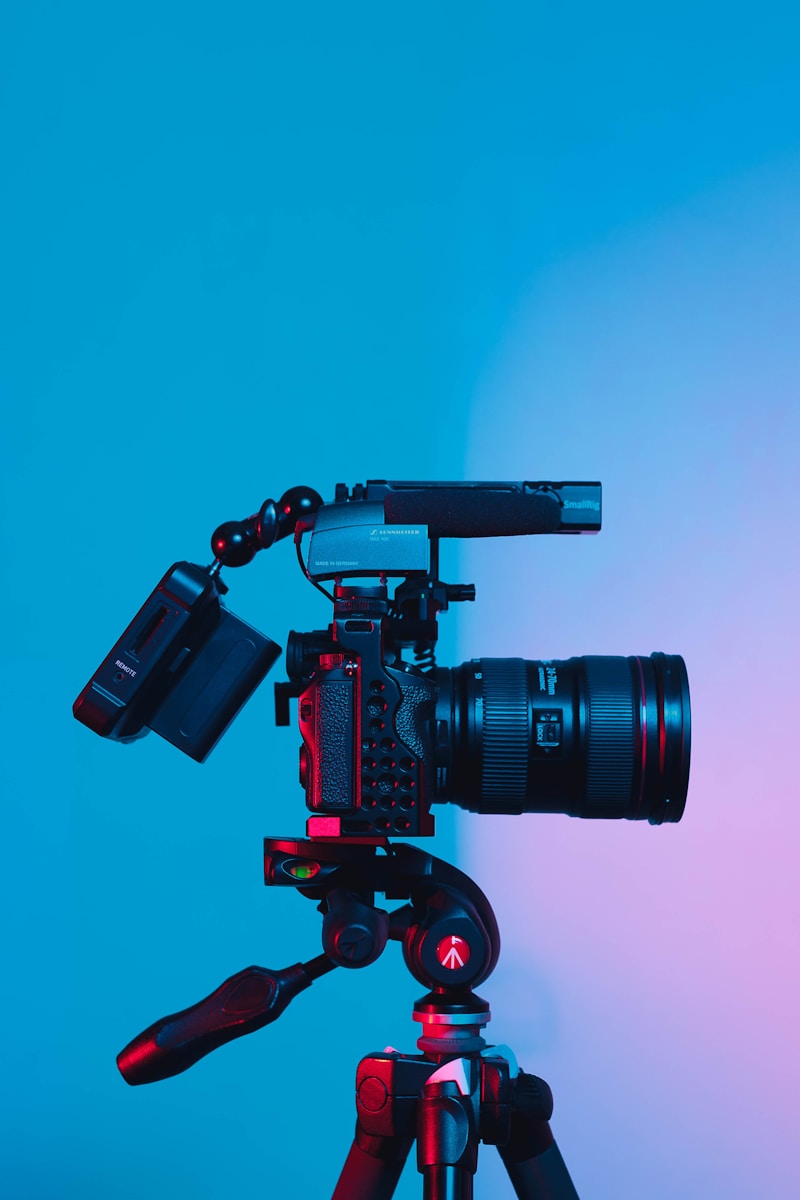There is a pervasive idea among artists and the public in general that great photographers have an innate ability to produce brilliant photography. That you can be naturally endowed with an inherent ability in this medium. That the truly great photographers simply possessed something that the rest of us didn't and could never achieve.
The only problem with that hypothesis is that it is complete bunkum.
Great artists (or people of any talent) are made, not born. And increasingly, the science and the studies of great people, are proving it.
If you want to be a technically great photographer, then there is one thing and one thing only that will get you to that point.
Practice.
How to Become Great at Anything Including Photography: The Science
Many people who study the topic of excellence in certain fields point to a 1993 study from Britain by Michael J. Howe, Jane W. Davidson and John A. Sluboda as well as another study from the same year which also reaches broadly similar conclusions when studying the history of gifted people.
The conclusions? Practice, rather than raw talent is how to be a high achiever.
But what about children that display “genius” in their chosen field? Wasn't Mozart a child prodigy?
As it turns out, when you get down to it, even children who excel at a certain talent such as music have also had a lot of hours of practice according to researchers. Malcolm Gladwell in his book “Outliers” notes that although Mozart was writing arias by age 6, they were largely copies of other existing works and it wasn't until age 22 (and 16 more years of intensive practice) that he wrote his greatest music.
In fact, researchers have more or less proved that “talented” people who practice the same amount as “untalented” people actually have about the same success in music. Practice is the key determinant of ability.
There is even a study on what it takes to win a talent show (In this case, Dutch Idol). Guess what it takes? Practice and preparedness!
But what about talents that aren't musical?
You want to know what separates chess grandmasters from the rest? Study! Another study supports this conclusion too: “Chess players at the highest skill level (i.e. grandmasters) expended about 5000 hours on serious study alone during their first decade of serious chess play — nearly five times the average amount reported by intermediate-level players.”
Interestingly, one of the authors of the study on music, sports and chess (mentioned previously) notes that several chess masters have IQs in the 90s, demolishing the myth that being good at chess requires intelligence. It doesn't. It requires, like anything else, practice.
Now while we are primarily concerned in this article with technical greatness (as opposed to fame and fortune which is a separate issue), Malcolm Gladwell has several anecdotal examples of world class experts in fields other than sport and music that he calls “outliers” in his book of the same name (physicists, lawyers etc) but also argues that many circumstances also need to align for true world-class greatness (and recognition of it). This is similar to Richard Florida who, in his work “Rise of the Creative Class” argues that the most successful artists typically have technical brilliance (read: lots of practice) as well as highly developed social and organisation skills.
In real life, it turns out that 10 years is considered about the minimum amount of time to do something (with meaningful practice) before attaining a world class standard of technical proficiency. The “10 year rule” as it is known. This seems to ring true for music, sport, chess and even business.
Ok, so by this point, it should be reasonably clear that to get good at something, the key determining factor is simply to dedicate yourself to meaningful practice and study. Let's get back to what it takes to be great at photography.
Looking at the Photography Greats
Enough of the theory – do these studies really stand up when we look at the reality of the great photographers?
We randomly plucked one out of thin air in order to test the idea that his talent was a result of hard work and dedication to their craft through massive amounts of practice rather than any innate ability. Who better to test the idea on that Henri Cartier-Bresson – possibly the most famous 20th century photographer?
Three things are striking about Cartier-Bresson's life for our purposes:
- Today, wider recognition of his ability is without question.
- His exposure to art began as early as 5 years old with serious practice in the following years.
- Recognition of his photography didn't come until after his 40th birthday.
Cartier-Bresson's uncle introduced him to art at a very young age. He was quoted as saying, “Painting has been my obsession from the time that my ‘mythical father, my father's brother, led me into his studio during the Christmas holidays in 1913, when I was five years old. There I lived in the atmosphere of painting; I inhaled the canvases.” From that start, he went on to study at private art school 14 years later at the age of 19 under Parisian cubist artist, Andre Lhote who Cartier-Bresson later called his photography “teacher without a camera” and whose adherence to the rules of art have been credited with allowing Cartier-Bresson to solve many later photographic conundrums.
Although he dabbled in photography regularly during his years painting, Cartier-Bresson didn't take up photography seriously until 1931 (age 23) when he came across a photograph by a Hungarian photo-journalist, Martin Muncaksi.
“The only thing which completely was an amazement to me and brought me to photography was the work of Munkacsi. When I saw the photograph of Munkacsi of the black kids running in a wave I couldn't believe such a thing could be caught with the camera. I said damn it, I took my camera and went out into the street.”
During the next 8 years, Cartier-Bresson would hone his craft. He kept company with great photographers such as Robert Capa and David Seymour. He had noted troubles with directing models on shoots in America, but persisted and practiced and had several gallery showings. His first photojournalist works were published in 1937 at age 29. In 1947 (after some time out due to WW2) he was one of the founders of the famed Magnum Photo agency.
But here is the real kicker. It was not until 1948, the year of his 40th birthday, that Cartier-Bresson achieved real international fame for his photographs of Ghandi's funeral. Remember that 10 year rule? For Cartier-Bresson, one of the greatest photographers of the 20th century, the recognition of his ability took about 17 years (13 if you account for WW2), and that is after 18 years of formal and informal art training.
There was no innate ability. There was just practice in photography and a grounding in art started at an early age. This foundation of practice gave him the technical skills to be recognised by his peers (who accepted him as a fellow founder of Magnum) which in turn put him in the position to get wider recognition.
It would seem that the science surrounding the study of great people would hold solidly for the example of Cartier-Bresson. His technical genius came through hard work, just like any other.
So What's the Good News?
People like to hold to the idea that they just need to find that one thing they are naturally good at and they will finally find success. The problem is that clearly that simply doesn't happen. In every case of a technically brilliant person, success comes because of lots and lots of practice. Michael Jordan was famed for his work ethic in practice. Bill Gates had thousands of hours of coding experience before he founded Microsoft. Mozart was driven by his parents to practice vociferously and although he was writing music at age 5, it was largely copies of existing works with his greatest original compositions coming after age 22 (and lots more practice). And, as we have seen, Cartier-Bresson attained recognition from his peers only after years of practice too.
The good news is that you have free will. The will to intentionally practice photography. The will to keep shooting until you get better. And that is the only way it will happen.










14 Comments
Great article. I’ve been taking pictures pretty much all my life but decided a couple of years ago to actually take it seriously and started to “learn” more about using a camera. I take hundreds of photos a week now – sometimes thousands; I have a camera with me at all times. It’s a bit obsessive but I tend to look at everything as a potential picture – I’m always “scanning” my surroundings for possibilities. After a year of doing this, I can see an improvement in my photos and I’ve started to understand a bit about picture taking from a technical point of view. I’ve had more than a few “aha!” moments when things like aperture and ISO finally made sense. I also understand that there is no end to the learning and one lifetime isn’t enough. Someone praised my photos recently and said they wanted to do that too. My reply was: “What’s stopping you? All you need is a camera.”
I am right there with you. Been taking pictures since I was in college but 2 years ago I decided to invest in a semi-decent DSLR and pay attention to what I am doing. It is not unusual for me to shoot 200-300 photos in half a day just walking around. Nice to know I am one of hopefully many, enjoying this fabulous world of photography. 27,000 photos in iPhoto and counting…
Really great article!!! Loved it!!!
You make a very convincing argument. I think there also needs to be a natural inclination to learn. But the most important thing to do, especially when you get to the stage of refinement, and something that all of those you mentioned in the article have, is to engage in reflecting about one’s work. As much time as practicing should be Cool set of photographs that are quite unique and well done. In my opinion you should spend as much reflecting as shooting. Reflection is key in mastering anything.
Very interesting stuff. So true- practice is a MUST.
I do think talent plays a part in music, however. It seems like some people really do struggle to hear pitch, timing, etc.
@larryphoto
As in anything I have ever accomplished, mistakes have been my greatest teacher. In my Home Inspection business, I get to practice my Photography skills by shooting upwards of 300+ interior and exterior shots a day. When I have a day without an inspection, I am on the road early practicing my photography. Thanks for your encouragement. It is well appreciated.
J. Cartier
For me, practice is a discovery process. It can be frustrating and a joy when breakthrough is achieved. I crave the joy once tasted!
Very interesting. This gives me hope! I enjoy photography very much and frequently and go online to be inspired by and learn from various people. While it’s hard no squeezing in time to practice I try to a bit each day. I find I loose my interest from the to time as I am seeing the same things each day. Does anyone have any suggestions for when interest starts to wane?
I have learned so much since reading the articles published by LS. Thanks.
Mixed opinions, actually. No doubt practice helps. But there comes a point where if all you do is practice, following what others say is “good” results, you’ll easily achieve the ability to rattle-off a conventional landscape on demand in a week; it is that programmatic.
So, to be “world-class”, I suggest you need more: either you bring something completely new to the party or at least extend what others are doing in newer directions.
Insightful
🙂
At last there is hope for us all.
Great piece, Rob.
Quite strengthening for anyone who intends to be great at their photography.